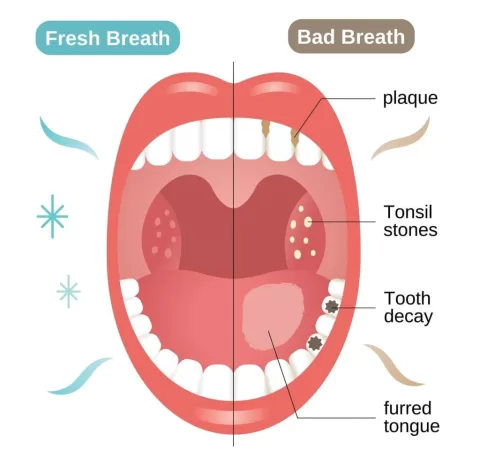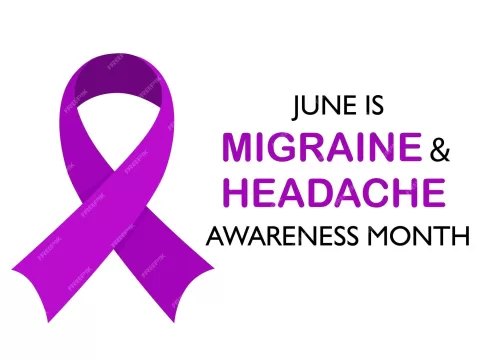Reverse Zoonosis in the UK has emerged as a pressing concern as health experts issue a pandemic warning regarding the inherent risks associated with animal-to-human virus transmission. This unprecedented event, where human influenza was detected in a factory-farmed pig, underscores the urgent need to critically reevaluate our relationship with animals, particularly within the fur trade. Conditions on overcrowded farms and in wet markets can create breeding grounds for zoonotic diseases, putting public health at risk. As the fur trade continues to thrive, it acts as a ticking time bomb that could ignite future pandemics and exacerbate the already dire situation of animal welfare. With the potential for devastating outbreaks looming, the call for radical changes has never been more vital.
The concept of animal-to-human disease transmission, commonly referred to as reverse zoonosis, has garnered significant attention in recent years, particularly in the UK. This alarming phenomenon takes a unique form when viruses leap from humans to animals, creating new health challenges that could culminate in a public health crisis. Amid ongoing discussions around animal welfare and the risks posed by industries such as fur farming and wet markets, the focus on how these practices contribute to pandemic threats is intensifying. Experts warn that the unsanitary conditions and high-density environments often found in these settings amplify the risks associated with zoonotic diseases. As a result, addressing these systemic issues has become crucial for preventing future outbreaks and safeguarding human and animal health alike.
The Rising Risk of Reverse Zoonosis in the UK
Reverse zoonosis, where diseases transition from humans to animals, has become an increasingly concerning phenomenon in recent years. The first recorded case of reverse zoonosis in the UK, where human flu was detected in a factory-farmed pig, has sparked alarms among experts and public health officials. The reality is that crowded and unsanitary conditions in factory farms can lead to significant stress and weaken animals’ immune systems, making them more susceptible to infections. Consequently, this creates the perfect storm for viruses to not only survive but also mutate, posing a greater threat to public health.
Moreover, the presence of reverse zoonosis heightens new fears surrounding pandemic potential. Health professionals underscore the need for immediate reform in our agricultural practices, particularly as the fur trade continues to thrive. Laboratories and veterinarians constantly urge stricter regulations and thorough monitoring to mitigate the risks posed by reverse zoonosis. As global interconnectedness continues, with international trade and travel being common, the repercussions of such diseases could extend far beyond borders, leading to widespread consequences.
Frequently Asked Questions
What is reverse zoonosis in the UK and why is it a concern?
Reverse zoonosis refers to the transmission of diseases from humans to animals, and in the UK, this has become a significant concern following the first documented case of human flu in pigs. Experts warn that this can lead to new zoonotic diseases, posing risks to public health and highlighting the need for better animal welfare and surveillance measures.
How does the fur trade contribute to reverse zoonosis risks in the UK?
The fur trade is associated with unsanitary and crowded conditions that can foster the spread of viruses among animals. This environment increases the risk of reverse zoonosis, as stressed animals with weakened immune systems may contract diseases from humans. Experts advocate for banning the fur trade to mitigate these public health threats.
What role do wet markets play in reverse zoonosis threats in the UK?
Wet markets create conditions where multiple animal species are in close proximity, increasing the likelihood of disease transmission. In the context of reverse zoonosis, this raises concerns about new pathogens that may jump from humans to animals, which can later return to humans, potentially leading to future pandemics.
What are zoonotic diseases, and how are they related to reverse zoonosis?
Zoonotic diseases are illnesses that can be transmitted from animals to humans. Reverse zoonosis is the flip side, where diseases can move from humans to animals. This connection underscores the complexity of disease transmission in our increasingly interconnected environments, particularly amidst poor animal welfare practices.
Why should the UK reconsider its relationship with animals to prevent reverse zoonosis?
Experts urge that a re-evaluation of the UK’s relationship with animals, particularly in farming and wildlife trade, is essential. Improving animal welfare standards could reduce stress-induced diseases and, consequently, the risk of reverse zoonosis, thereby protecting public health and preventing future pandemics.
| Key Points | Details |
|---|---|
| First Case of Reverse Zoonosis | UK logs its first instance of human flu detected in pigs, specifically in a factory-farmed pig in Northern Ireland. |
| Public Health Warning | Experts warn of a potential pandemic risk from the fur trade and other animal trade practices. |
| Farm Conditions | Sick animals in crowded, unsanitary conditions are breeding grounds for new viruses. |
| Call for Action | Experts call for a complete rethink of our relationship with animals, especially in farming and wildlife trade. |
| International Trade Risks | Bushmeat and illegal wildlife trade contribute to the spread of zoonotic diseases. |
| Legislation | UK Parliament debates a Bill to ban import and sale of fur, aimed at protecting public health. |
Summary
Reverse Zoonosis in the UK has raised alarm bells for public health, signaling the urgent need to reassess human-animal interactions. The unprecedented discovery of human flu in pigs highlights the risks posed by crowded factory farms and the fur trade. Experts are advocating for immediate legislative changes to tackle these high-risk animal industries and prevent future pandemics, underscoring that the health of animals and humans are inextricably linked.
The content provided on this blog (e.g., symptom descriptions, health tips, or general advice) is for informational purposes only and is not a substitute for professional medical advice, diagnosis, or treatment. Always seek the guidance of your physician or other qualified healthcare provider with any questions you may have regarding a medical condition. Never disregard professional medical advice or delay seeking it because of something you have read on this website. If you believe you may have a medical emergency, call your doctor or emergency services immediately. Reliance on any information provided by this blog is solely at your own risk.







